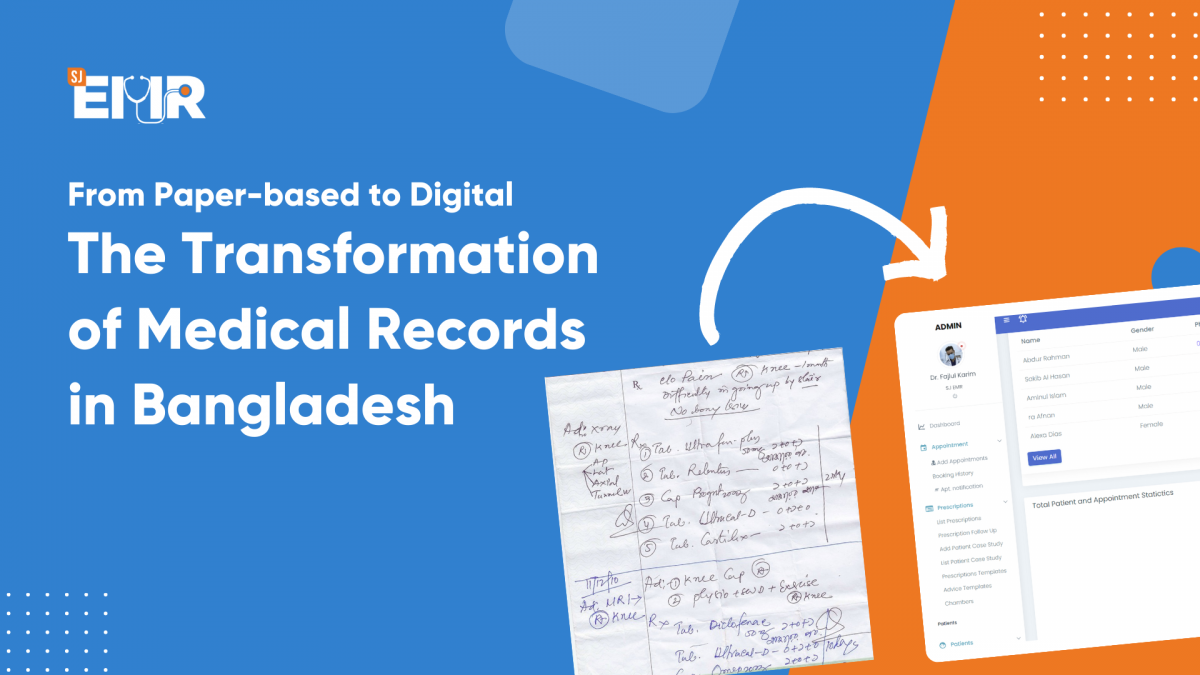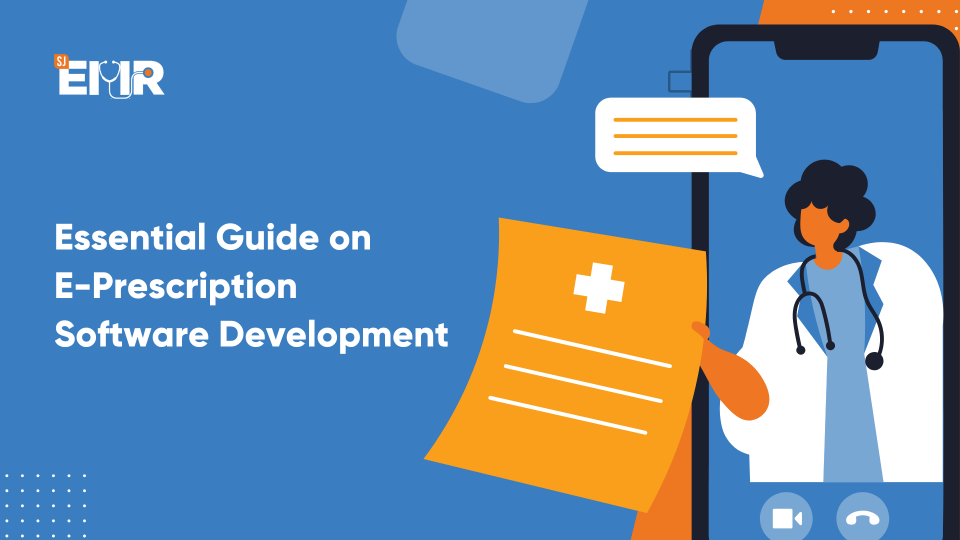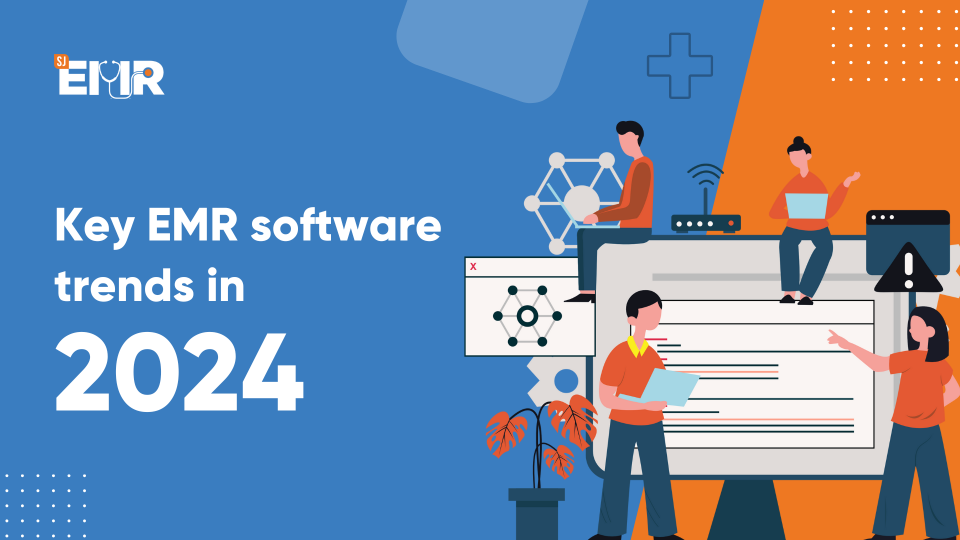From Paper-based to Digital: How Bangladesh is Modernizing its Medical Records System

The Benefits of Electronic Medical Records for Doctors in Bangladesh
July 10, 2023
Roadblocks to Implementing EMRs in Bangladesh and How to Overcome Them
October 13, 2023In healthcare, precision and swiftness matter most – It’s the reason why the evolution from paper-based medical records to digital systems was revolutionary! Bangladesh’s healthcare system, like many others, had long relied on cumbersome paper-based medical records. These paper records came with numerous challenges, from data inaccuracies to accessibility issues.
Patient records were often misplaced, leading to delayed treatments and compromised patient care. Administrative tasks were manual, time-consuming, and prone to human errors. In response to these challenges, there was a healthcare digital transformation. We’re diving into the journey of Bangladesh’s transformation to digital medical records, exploring its impact, benefits, challenges, and the potential it holds for the future.
Table of Contents
- The Shift to Digital: The Potential of Medical Records
- The Transformation of Medical Records in Bangladesh: Paper-based to Digital!
- Key Advantages of Adopting Electronic Medical Records (EMRs)
- Navigating Challenges When Moving from Paper to Electronic Records
- Data Security: Safeguarding Patient Information
- Regulations: Legal and Ethical Considerations
- Steps for a Smooth Transition from Paper to Electronic Health Records
- The Future of Healthcare Data Management in Bangladesh
- Digital Record Keeping Isn’t Going Anywhere!
The Shift to Digital: The Potential of Medical Records
The journey from paper-based records to digital medical records is not merely about embracing technology; it’s about empowering patients, doctors, and the entire healthcare ecosystem with real-time information and informed decisions.
Gone are the days of sifting through stacks of paper files, deciphering illegible handwriting, and struggling to retrieve historical data. The digitalization of medical records improves accuracy, efficiency, and accessibility. As Bangladesh adopts this transition, hospitals, clinics, and healthcare providers are witnessing a major shift in the way they manage patient information.
The Transformation of Medical Records in Bangladesh: Paper-based to Digital!
The transformation of medical records in Bangladesh from paper-based to digital has been a gradual process that has taken several years.
Migrating to digital records…
Back in 2014, the World Health Organization took the initiative and went on a groundbreaking journey across Bangladesh, Indonesia, and Pakistan. The goal? To take those traditional paper registers and transform them into digital systems. The main aim was to elevate the quality of healthcare services and meet the demands of modern reporting standards. This study ran from November 2014 to June 2018, with a focus on primary health workers who provided essential services in reproductive, maternal, newborn, and child health.
So began medical record modernization.
Starting a shared health record platform in rural Bangladesh
Back in 2016, a groundbreaking move reshaped healthcare in rural Bangladesh. A shared health record platform, tailor-made for the community was implemented. It comprised a central Health Information Exchange (HIE) and a reference electronic medical record (EMR) system.
In a Bangladesh study in 2022, 92% of respondents pointed out that cost posed a significant hurdle in the path of health digitalization. This aligns with the fact that the driving force behind digitalization often hinges on technological progress, which more often than not comes with a hefty price tag.
Key Advantages of Adopting Electronic Medical Records (EMRs)
The shift from paper-based records to digital medical records comes with an array of electronic health records pros, reshaping the healthcare landscape in Bangladesh:
Efficiency Enhancement:
- Electronic medical record database allows instant access to patient data, so healthcare providers have accurate and up-to-date information at their fingertips.
- This rapid access streamlines diagnosis, leading to quicker treatment, and patient care.
Data Accuracy:
- Unlike paper records that are vulnerable to errors and loss, digital systems provide statistical analysis of healthcare data and data accuracy through standardized templates and automated data entry.
- This reduces the chances of medical errors.
- Doctors too can make informed decisions, provide personalized treatments, and eastblish patient empowerment through digital records.
Improved Collaboration:
- The adoption of EMRs in Bangladesh ensures healthcare providers can seamlessly share information, collaborate on complex cases, and offer multidisciplinary care.
- Since digital health care data is accessible to authorized personnel across different healthcare facilities, there is no roadblock in medical care and attention.
- There is continuity of care, especially in emergencies and referrals.
Cost Savings:
- Transitioning to digital records eliminates the need for excessive paperwork, storage space, and administrative overhead.
- This translates to significant cost savings for healthcare institutions.
Data Analysis:
- Digital records enable data analysis on a larger scale.
- It offers insights into population health trends, disease patterns, and treatment outcomes, which can help inform and improve public health policies.
Patient Empowerment:
- Patients gain access to their own medical history, enabling them to actively engage in their healthcare decisions and collaborate with healthcare providers for improved outcomes.
- Patients can proactively participate in their healthcare journey, track progress, and make informed decisions about their well-being.
Preserving Ecosystems:
- The transition to digital reduces paper usage, contributing to a more sustainable and eco-friendly healthcare system.
These are the advantages of electronic medical records!
Navigating Challenges When Moving from Paper to Electronic Records
While the benefits of technology in healthcare are clear, the transition is not without its challenges. Bangladesh, with its unique healthcare landscape, grapples with issues such as infrastructure disparities, training requirements, and data privacy concerns.
Implementation Roadblocks to Consider:
Initial infrastructure investments: Implementing digital systems requires an initial financial investment for infrastructure, software, and staff training.
Data Security: Above all, protecting the health data security and privacy of patient data in a digital environment is crucial. Implementing robust cybersecurity measures to protect patient information and prevent unauthorized access is a must.
Infrastructure Readiness: Rural healthcare facilities may face infrastructure challenges such as unreliable internet connectivity, which can hinder seamless data exchange so it’s vital to consider this when looking at the future of medical records.
Resistance to Change: Healthcare professionals accustomed to paper-based systems may face resistance to adopting new technologies, so comprehensive training and change management is required. It’s important to equip healthcare professionals with digital literacy to navigate and utilize the new system effectively.
Transitioning to Electronic Records in Long-Term Care Facilities: Key Considerations
When making the shift from traditional paper records to electronic health records (EMRs) in long-term care facilities, there are several crucial factors to keep in mind:
Compliance and Data Protection: With the rising popularity of EMRs, data privacy in healthcare such as the legal and compliance requirements have grown more stringent. This tightening aims to ensure the security of resident data stored within nursing home software.
Readily Accessible Information: The transition should prioritize the seamless availability of patient and resident information during visits. Quick access to essential data enhances the quality of care.
Paper Record Retention: Deciding the duration for which paper records must be retained after the transition is a vital consideration. Compliance regulations often dictate how long these records should be kept for legal purposes.
Printing Practices: The role of printing in the new digital environment should be defined. Determining whether printed copies will be maintained after the transition affects document management strategies.
Effective Data Conversion Methods: Selecting the most suitable EHR or EMR conversion methods is essential for maintaining data quality and accuracy during the transition.
Moreover, as the technology adoption in healthcare is increasing and the adoption of EHRs grows, legal and compliance requirements have intensified due to the data capabilities of nursing home software. One notable example of stricter regulation is the Health Insurance Portability and Accountability Act (HIPAA), designed to safeguard medical information, data privacy, and security provisions.
In accordance with the HIPAA Security Rule, long-term care facilities are mandated to establish physical, technical, and administrative safeguards. These measures aim to protect the confidentiality, integrity, and availability of electronic health information, ensuring a secure digital environment for residents’ sensitive data.
Data Security: Safeguarding Patient Information
The digitalization of medical records also comes with a new kind of responsibility: ensuring the security and privacy of patient data.
As medical information becomes vulnerable to cyber threats, Bangladesh is steering its focus toward robust cybersecurity measures to safeguard patient confidentiality and trust, thereby strengthening patient empowerment through digital records.
Securing the Future:
- Encryption Protocols: Implement advanced encryption techniques to prevent unauthorized access to patient records.
- Access Control: Restricting data access based on role and necessity to know, so only authorized personnel can view sensitive information.
- Regular Audits: Conduct periodic security audits to detect vulnerabilities and rectify them proactively.
Regulations: Legal and Ethical Considerations
With great technological power comes greater responsibility.
With Bangladesh embracing digital medical records, it’s important to look at the legal and ethical aspects to ensure a seamless transition too. Compliance with data protection laws, patient consent protocols, and adherence to ethical standards is paramount.
Ethics First:
- Patient Consent: Data privacy in healthcare is imperative. Make certain patients are informed and provide consent for their data to be stored and accessed electronically.
- HIPAA Compliance: Follow international data protection standards to maintain patient privacy and confidentiality.
- Transparency: Communicate how patient data will be used, stored, and shared to build trust within the healthcare community.
Steps for a Smooth Transition from Paper to Electronic Health Records
Evaluate EMR Vendors: Begin by assessing the available Electronic Medical Records (EMR) vendors. Your organization’s unique needs and limitations should guide this selection process. Consider the features and functionalities that align with your goals.
Match Facility Requirements: Medical record modernization ensures that the chosen EMR system retains the advantages of paper records while introducing new benefits. Address the concerns of nurses and staff to ensure a smooth transition.
Initiate Planning: The shift from paper to electronic records is a significant undertaking, often spanning several months to a year. Early planning is crucial. Develop adoption timelines, define roles and responsibilities, and engage all staff members in the process. Keep everyone informed about the latest developments.
Prioritize Digitization: Digitize paper records before integrating them into the EMR. This step ensures seamless data transfer and minimizes data entry errors. Effective digitization streamlines the transition process.
Revise Workflows: Paper and electronic records demand distinct workflows. Adjust existing processes to align with the new digital medium. Create updated policies, procedures, and provide training to ensure staff members are comfortable with the new workflows.
Securely Dispose of Paper Records: Data privacy in healthcare is a serious concern. Once paper records have been successfully digitized and incorporated into the Electronic Health Record (EHR) system, it’s essential to securely dispose of the paper copies. Due to their potential security risks, proper destruction methods such as shredding or burning should be employed.
Continuous Training: Understand that transitioning to electronic records represents a significant change for healthcare facilities. Maintain an ongoing training program to ensure staff members are proficient in using the new EHR system and adapting to new workflows.
Training Strategies:
Comprehensive Resources: Equip staff members with comprehensive training materials, including manuals, guides, and video tutorials.
Sustained Support: Provide ongoing support to address questions and concerns as they arise.
Long-Term Care: Particularly in long-term care settings, ensure staff members have access to assistance whenever needed.
The Future of Healthcare Data Management in Bangladesh
The future of medical records is evolving for the better. The journey from paper-based medical records to digital solutions is a significant stride toward modernizing healthcare in Bangladesh. As technology evolves, the healthcare IT infrastructure can expect further advancements, including:
Interoperability: Integration of various digital systems for smooth data sharing among healthcare providers. This will result in optimizing patient care.
Telemedicine: Digital records serve as a foundation for telemedicine services which will continue to enable remote consultations and diagnoses more accurately.
Personalized Medicine: This includes tailoring treatments to individual genetic profiles, enabling targeted therapies, and minimizing side effects.
Remote Healthcare: Facilitating telemedicine and remote consultations, ensuring healthcare access to remote and underserved areas.
Predictive Analytics: The digitized data will be harnessed for predictive analytics in medicine. It will aid in disease prevention, proactive healthcare management, anticipating health trends, disease outbreaks, and treatment efficacy based on vast patient data repositories.
Digital Record Keeping Isn’t Going Anywhere!
In the heart of Bangladesh’s healthcare metamorphosis lies a digital heartbeat that resonates with promise, innovation, and inclusivity. The transformation from paper-based medical records to digital systems is not just a technological leap; it’s a stride towards a healthier, more connected nation. Bangladesh’s shift from paper-based medical records to digital solutions marks a transformative leap toward more efficient, accurate, and patient-centric healthcare data management.
Bangladesh’s healthcare future shines bright with possibilities fueled by digital medical records. As artificial intelligence and machine learning continue to advance, these records will evolve into predictive tools, revolutionizing diagnostics, treatments, and healthcare outcomes. While challenges exist, the benefits far outweigh them. The journey continues as the healthcare sector embraces the digital era, promising a future where technology propels the nation’s healthcare system to new heights.




